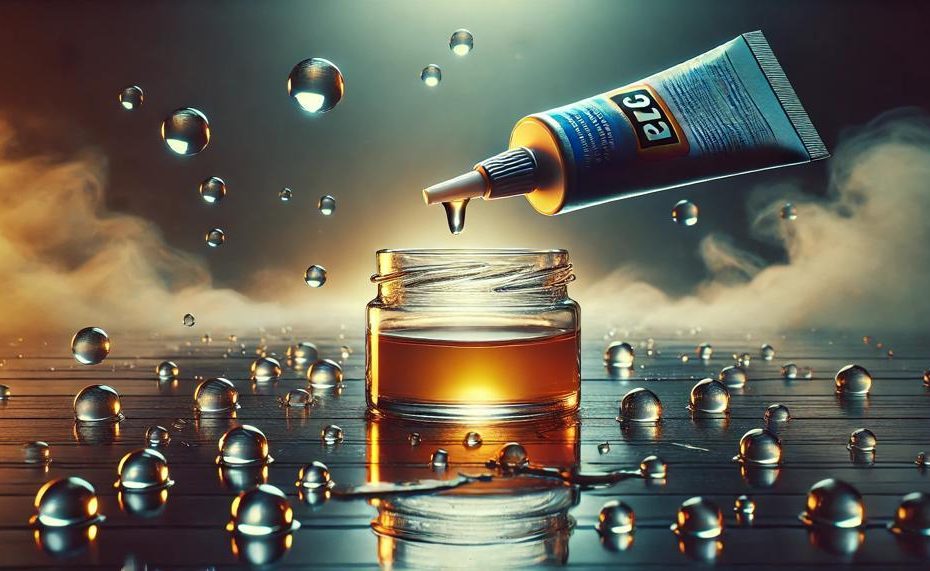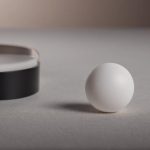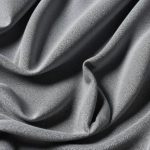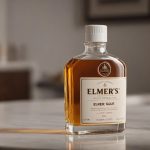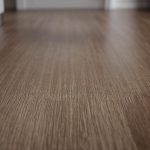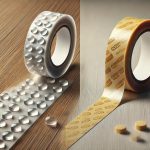No. Most common glues cannot dry or cure properly when submerged in water.
While some specialized adhesives like epoxy and silicone can cure underwater, regular glues like white school glue or wood glue will simply dissolve and wash away when immersed in water before they can fully dry and form a bond.
Unraveling the Mysteries of Glue and Water: An Adhesive Adventure
• Can common household glues set and harden underwater?
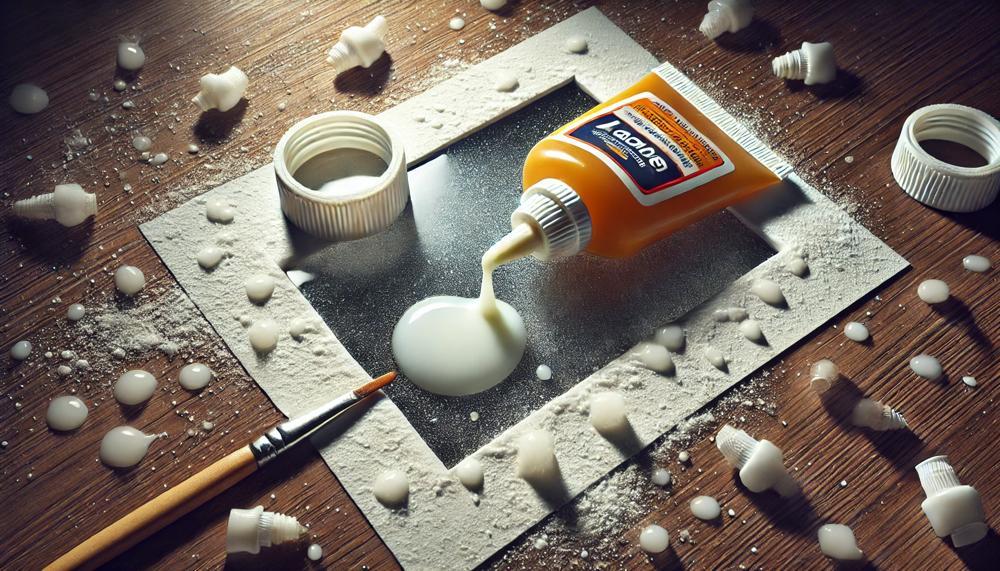
• What factors influence an adhesive’s ability to cure in aquatic conditions?
• Explore the unique properties of specialized waterproof glues.
• Discover surprising alternatives for underwater repairs and projects.
For DIYers, craftspeople, and household repair enthusiasts, understanding the intricate relationship between glue and water can be a game-changer. Join us as we dive deep into this captivating topic, uncovering fascinating insights that will leave you eager to experiment and master the art of underwater adhesion. Get ready to be glued to your seat.
Table of Contents
Working With CPVC
The straightforward answer is that CPVC glue, or solvent-weld cement, requires a dry surface to bond properly. Attempting to glue CPVC pipes and then immediately filling them with water can potentially undo all your hard work.
- PVC glue needs a dry surface to cure and create a strong bond.
- Introducing water too soon can weaken or dissolve the solvent-weld cement.
- Follow manufacturer’s instructions for curing times.
- Properly glued CPVC pipes are immediately strong once cured.
- Patience and care during the gluing process are crucial.
While CPVC is a robust material, it requires some tender loving care, especially when it comes to gluing. The solvent-weld cement used to join CPVC pipes needs a dry surface to create a strong, lasting bond. Introducing water too soon can weaken or even dissolve the cement, compromising the integrity of the joint.
To ensure a successful CPVC installation, it’s essential to follow the manufacturer’s instructions for curing times and allow the glue to fully cure before pressurizing the system.
We Recommend
When working in wet or submerged environments, selecting the appropriate adhesive is essential for a lasting, water-resistant bond. After meticulous research, we confidently recommend the following glues for underwater applications:
| Adhesive Type | Properties | Suitable Applications |
| Silicone Adhesive | Flexible, waterproof, resistant to mold and mildew, low toxicity | Aquariums, pools, marine equipment, underwater repairs |
| Polyurethane Adhesive | Strong, durable, resistant to chemicals and abrasion, cures underwater | Boat repairs, underwater construction, aquatic equipment bonding |
| Cyanoacrylate (Super Glue) | Rapid curing, excellent bonding strength, resistant to moisture | Underwater patching, sealing leaks, bonding plastics and rubbers |
Silicone adhesives, renowned for their flexibility and waterproof properties, excel in aquatic environments like aquariums and pools. Their low toxicity and mold resistance make them an ideal choice for submerged applications. Silicone sealants create a durable, water-tight seal that can withstand constant immersion.
Polyurethane adhesives, with their exceptional strength and chemical resistance, are well-suited for underwater construction and boat repairs. Their ability to cure underwater makes them a versatile option for bonding various materials in wet conditions, ensuring a long-lasting and reliable bond.
Cyanoacrylate glues, commonly known as “super glues,” offer rapid curing times and impressive bonding strength, even in the presence of moisture. Their water-resistant properties make them an excellent choice for underwater patching, sealing leaks, and bonding plastics and rubbers in aquatic settings.
When selecting an adhesive for water-based environments, it’s crucial to consider factors such as curing time, bonding strength, and resistance to chemicals or abrasion.
Using Solvent Cement
| Yes, solvent cement can be utilized to adhere materials in wet or subaqueous environments. | This specialized adhesive is formulated to create robust bonds even when immersed in water. | Its unique composition allows for a strong chemical fusion between the surfaces being joined, ensuring a lasting and water-resistant connection. |
| Solvent cements are particularly well-suited for bonding plastic pipes and fittings used in plumbing and irrigation systems. | They effectively weld the components together, creating a virtually monolithic joint that can withstand the constant exposure to moisture and water pressure. | Their ability to cure and set properly in damp conditions makes them an indispensable tool for underwater construction and repair work. |
| However, it’s crucial to follow the manufacturer’s instructions carefully, as proper surface preparation and application techniques are essential for achieving optimal adhesion. | Factors like temperature, humidity, and the specific materials being bonded can also influence the curing process and bond strength. | For critical underwater applications, consulting with professionals or referring to industry guidelines is highly recommended to ensure a safe and reliable installation. |
Cure Times for CVPC Solvent
The recommended cure time for CVPC (chlorinated vinyl polyolefin copolymer) solvent when bonding objects in water varies depending on the specific product and environmental conditions. However, here are some general guidelines:
| Curing Time | Description |
|---|---|
| 15-30 minutes | Minimum cure time before handling or applying water pressure for most CVPC solvent cements. This allows the solvent to partially set and form an initial bond. |
| 2-4 hours | Recommended cure time before exposing the joint to full water pressure or submersion. During this time, the solvent cement continues to chemically cure and develop its full strength. |
| 24-48 hours | Maximum cure time for the solvent cement to reach its optimal bond strength and chemical resistance. This extended curing period is advisable for critical underwater applications or high-pressure systems. |
It’s crucial to follow the manufacturer’s instructions and allow adequate cure time, as premature exposure to water or pressure can compromise the joint’s integrity. Environmental factors like temperature, humidity, and pipe material can also affect the cure rate, so adjustments may be necessary in extreme conditions.
Conclusion
Most conventional glues are not designed to cure or set properly when submerged in water. The moisture prevents the adhesive from drying and forming a strong bond between surfaces.
Regular white glue, wood glue, and other water-based adhesives will simply dissolve and wash away before they can harden underwater. However, there are specialized waterproof glues formulated specifically for aquatic applications.
Epoxy, silicone, and polyurethane adhesives have unique chemical properties that allow them to cure and create durable, water-resistant bonds even when fully immersed. These glues are indispensable for projects like aquarium construction, underwater repairs, and marine equipment bonding.
Another option is solvent cement, which chemically fuses plastic pipes and fittings to form virtually monolithic joints capable of withstanding constant moisture exposure. When working with any glue in wet environments, carefully following manufacturer instructions is crucial for proper curing and maximum adhesion strength.
With the right waterproof adhesive and application technique, you can achieve reliable, long-lasting bonds that defy the challenges of an underwater setting.

